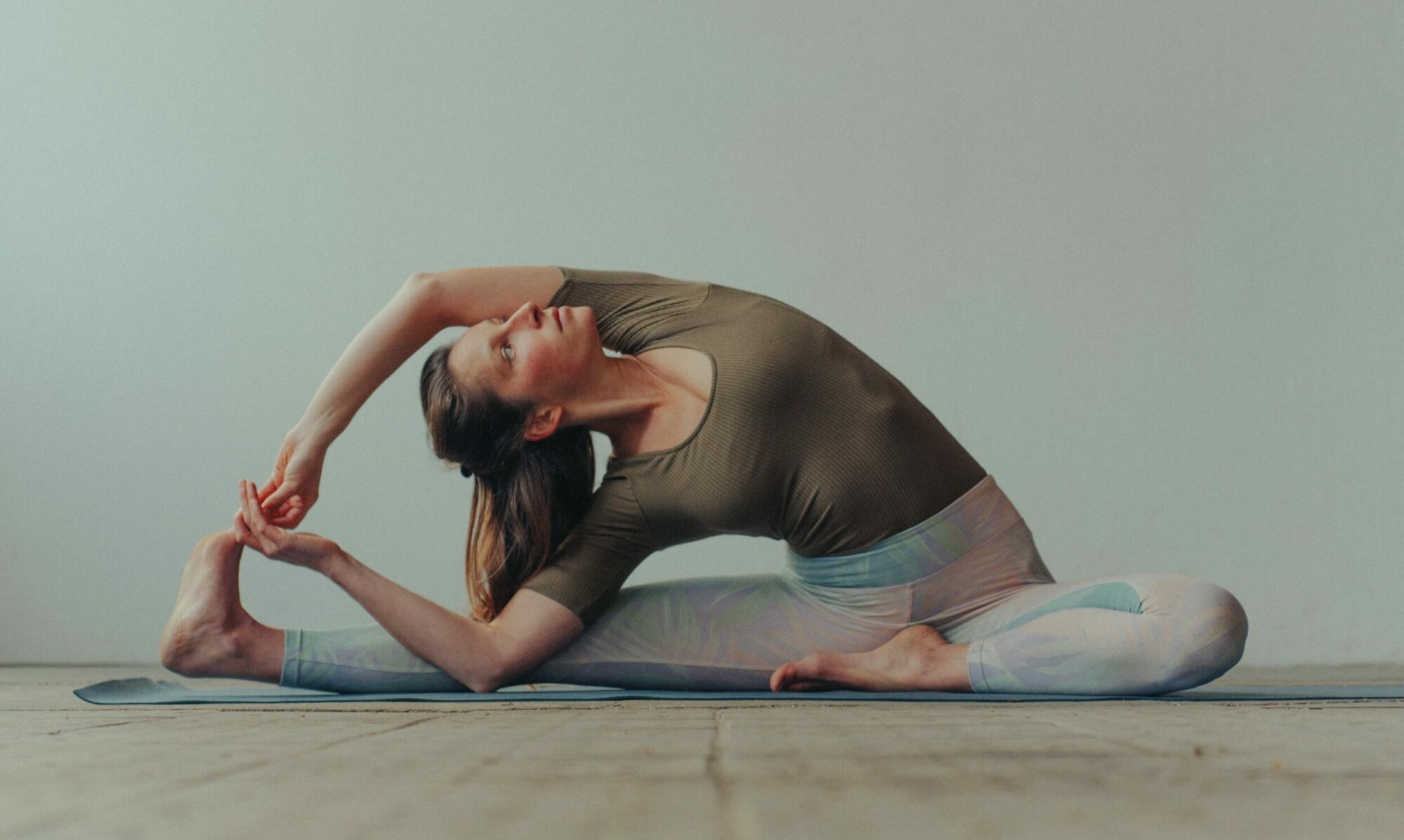Vishnu Devananda (1927 – 1993)
Founder of the Sivananda Vedanta Ashrams in the West

Sivananda sent Vishnu Devananda, one of his most famous disciples, to America to open ashrams and spread yoga there. He made “Sivananda Yoga” world-famous. In contrast to B.K.S. Iyengar and Patthabi Jois, who led a family life, he spent 12 years as a consecrated disciple and monk in Swami Sivananda’s ashram, renouncing all worldly ties.
Spiritual development and overcoming the ego played a central role for him.
In many descriptions of him, it becomes clear how he struggled for self-realization and overcoming the ego and tried out many things. According to the descriptions of Heinz Grill, who knew him personally, Vishnu Devananda probably came to the realization that a direct fight against the ego – for example with ascetic exercises – would not lead to overcoming the ego. He probably realized that there had to be other ways. He was therefore concerned with shaping the personality, not primarily with shaping the body and, according to the many stories, he struggled with this throughout his life.
Peace missions
According to stories, Vishnu Devananda was very modern and cosmopolitan. One of his major concerns was the promotion of world peace, which he approached with very unusual means. As the descriptions here would be too extensive, I refer you to the description of his life’s work on Yogawiki. At the bottom you will find the “peace missions”.
Life in an ashram
Vishnu Devananda was creative and tirelessly opened one ashram after another. He realized that a secluded ashram life was difficult to live for people in the West and formulated five points to make yoga usable for the general population and their needs in today’s world. In the 1960s, he also introduced yoga vacations, where stressed-out people from industrialized countries could retreat for a few weeks to devote themselves to the content and relax. To this day, it is still possible to stay in the ashrams as a vacation guest.
The physical exercises found their way more easily into the Western context by not primarily using Sanskrit terms, but rather the typical language of the country, for example surya namaskar with sun prayer or sun salutation.
Swami Vishnu Devananda taught classical yoga in five simple points:
1. correct physical exercises (asanas)
2. correct breathing (pranayama)
3. correct relaxation (savasana)
4. correct diet (vegetarian)
5. positive thinking and meditation (vedanta and dhyana)
The entire ashram life and exercise practice is based on these principles. It is noteworthy that the physical exercises do not stand alone or have a focus, but are integrated into a traditional Indian environment:
The daily routine is set in terms of time and content, with satsangs at 6 a.m. and in the evening, where meditation, mantras and kirtans are sung and various Indian ceremonies are celebrated. Twice a day at 11 am and 6 pm there is a vegetarian or vegan meal with the emphasis on a satiated, i.e. “pure” diet without irritating substances, twice pranayama and asana practice as well as lessons on Indian philosophy. Karmayoga (selfless service) is obligatory in the ashram. Everything is regulated.
The practice described is cultivated in all ashrams and centers and takes place exclusively there. It is amazing how much the Hindu-Indian culture is lived and maintained in the European ashrams. These traditional values are intensively cultivated and preserved. Guests enter into this atmosphere.
The practice of the different areas is standardized, which means that as a participant you can expect the same thing in every ashram worldwide, the same asana practice series, the same mantras, the same daily routine, food, etc.
Sivananda Yoga does not mix as much as the other yoga styles Iyengar or Ashtanga with other existing forms of exercise.
A promotional film for yoga teacher training courses gives an insight into the character of the ashrams
Some disciples of Vishnu Devananda
Well-known disciples of Vishnu Devananda who remained in ordination and renounced family life include Swami Durgananda, Swami Sivadasdananda, Swami Kailasananda and Swami Atmarananda. Acharyas are disciples of a spiritual teacher who later become spiritual teachers themselves through ordination. Today they lead the various Sivananda ashrams, which exist in 13 countries with 26 centers worldwide.
However, Volker Bretz, whose ordained name is Sukadev, married and left the order. He founded “Yoga Vidya“ in Germany, which follows the same principles as Sivananda Yoga – but in an individualized form and further development – but without vows for the head of the school.
Worth mentioning is Yogawikia Wikipedia which was initiated by Sukadev and provides comprehensive information on yoga topics.
Spiritual view of man and the world
As all aspects of the Indian tradition are cultivated and practiced, they speak of“integral yoga“. The four paths of Jnana Yoga, Raja Yoga, Bhakti Yoga and Karma Yoga are important and respected paths. The claim of a spiritual practice is also based on this, as not only physical exercises are practiced, but these are classified within an overall philosophical structure.
A vita of Swami Vishnudevananda can be found on Aurora Wiki. The description of the workings of his soul seems particularly interesting.
More about the practice at Sivananda Yoga
More about the practice at Yoga Vidya
Go to page: Sri Aurobindo – Integral Yoga
Bildquellen
- Swami Vishnu Devananda: Elisabeth, Wikipedia
